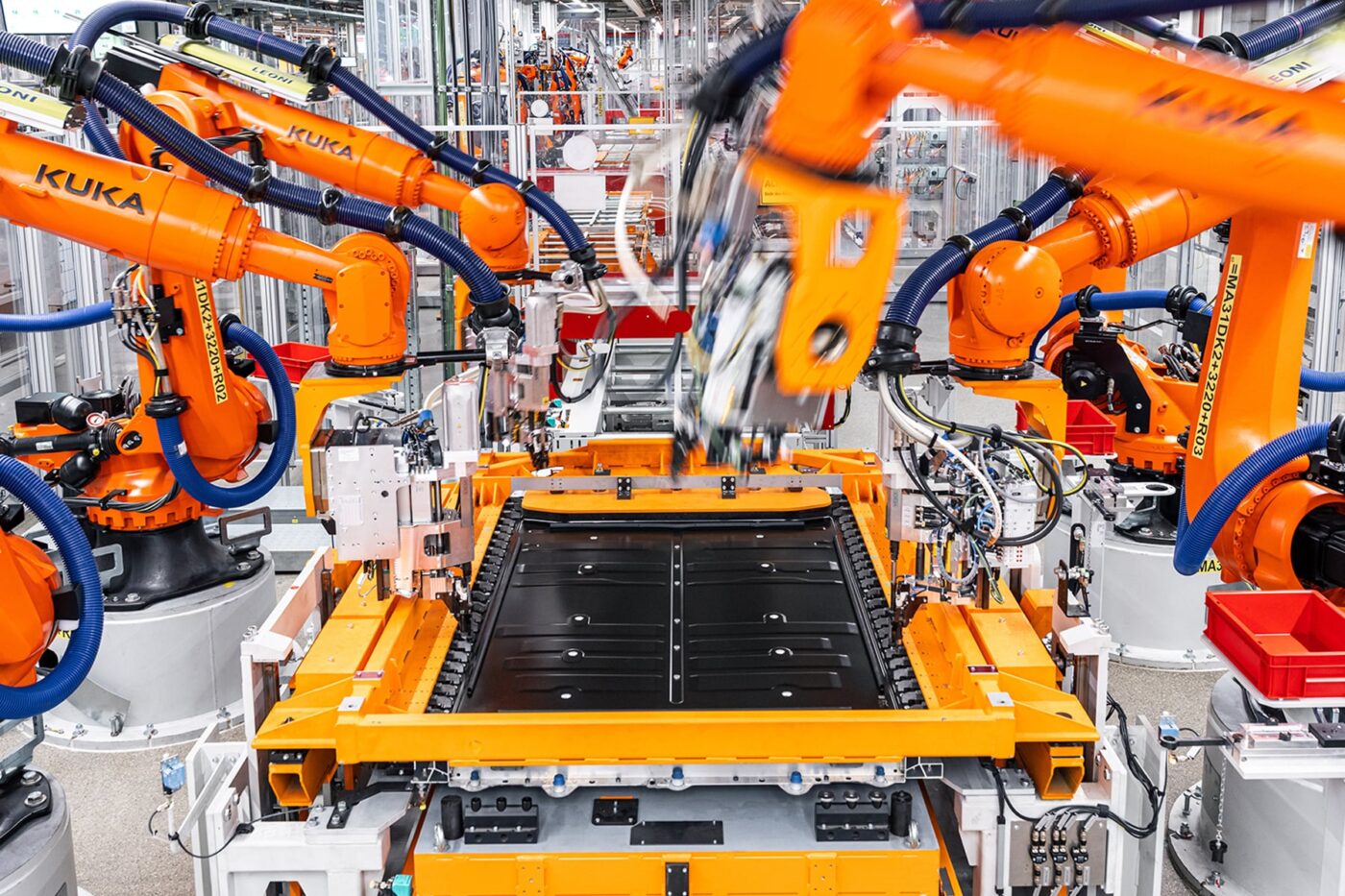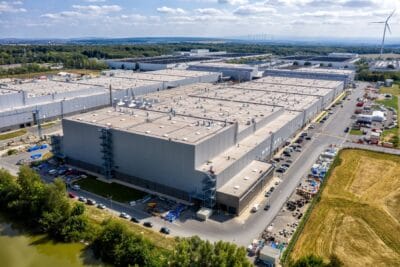EV batteries now cost 115 USD per kWh on average
The value of USD 115 per kilowatt hour at the pack level comes from BloombergNEF’s annual analysis of battery prices. For the study, the experts at BNEF analysed 343 ‘data points’ (i.e. known battery prices) from electric cars, electric buses and electric trucks.
At 115 USD/kWh, a 75-kWh battery would cost 8,625 dollars or about 8,220 euros. For a 50 kWh pack, it would be 5,750 dollars or 5,480 euros. These are average values – some LFP packs are likely to be noticeably cheaper, while the battery packs of high-performance cars are slightly more expensive. In 2020, however, the costs were still at 140 dollars/kWh, which means that our two example batteries would have cost 10,500 and 7,000 dollars respectively.
However, the price reductions of 20 per cent that have now been achieved are not the result of continuous development since 2020, as the battery price has already fallen from USD 140/kWh to USD 118/kWh in 2021. 2022 then saw the first price increase since 2010, to USD 151/kWh – the reasons were rising raw material prices (including nickel) and high inflation. As early as 2022, BNEF experts predicted that prices would not fall again until 2024.
Price parity with combustion engines expected in 2026
Based on current market developments, BNEF forecasts that prices for battery packs will fall below USD 100/kWh in 2026 and reach USD 69/kWh in 2030. The USD 100/kWh mark – currently the equivalent of EUR 95 per kilowatt hour – is seen as the tipping point for cost parity with vehicles with combustion engines. In other words: from 2026 onwards, e-cars could be as expensive or cheaper to buy than a comparable combustion engine due to falling battery prices.
The USD 100/kWh figure is only a guideline. However, the data from China shows that this is certainly the case. Battery prices there are already below this mark – with the result that average prices for battery-electric cars are already lower than for petrol cars, according to BNEF.
In the summer, the market research service, which is related to the Bloomberg news agency, stated in a separate publication that the price of LFP batteries in China had already fallen to USD 75 per kilowatt hour. Important: The USD 75/kWh is a figure for prices at pack level, which is what this article is about. At the cell level, BNEF had even calculated LFP prices of USD 53 per kilowatt hour on average.
However, according to BNEF, the reasons why the prices for battery packs (regardless of cell chemistry and country) have fallen to 115 dollars per kilowatt hour are more diverse than the ongoing switch to cheaper LFP cells. The prices for raw materials and components for the cells and packs have also fallen. But probably the most important reason is that there is massive overcapacity, which naturally puts downward pressure on prices.
‘China alone is expected to produce enough battery cells to meet 92 per cent of the total global demand of 1.2 terawatt hours for electric vehicles and stationary storage in 2024,’ the report states. ‘This puts downward pressure on battery prices. Smaller manufacturers will be challenged and pressurised by their larger competitors to lower cell prices and cut margins for market share.’ However, such oversupply is unlikely to become the rule, as the production of EV batteries will align with the production of the corresponding vehicles.
The fact that such over-capacities have arisen is also partly due to politics: For example, the earlier-than-expected cuts in production in France and Germany. US President-elect Donald Trump’s threats of import tariffs (especially against China) have not eased the situation either. ‘Coping with the changing tariff systems will remain a key challenge for battery suppliers and customers,’ the report states.





1 Comment